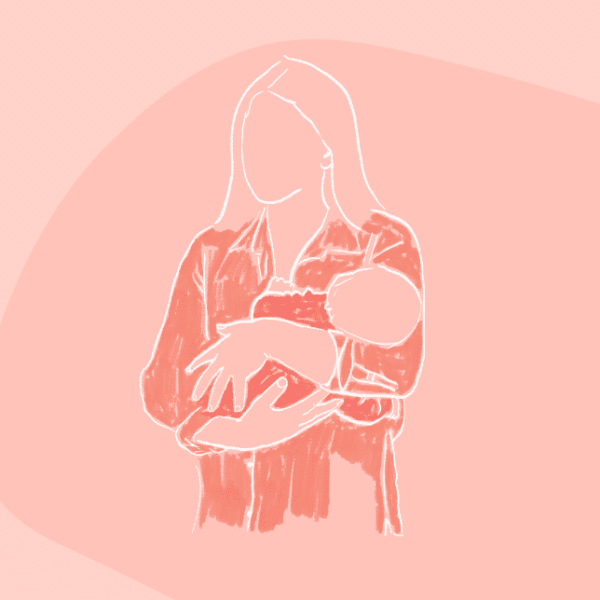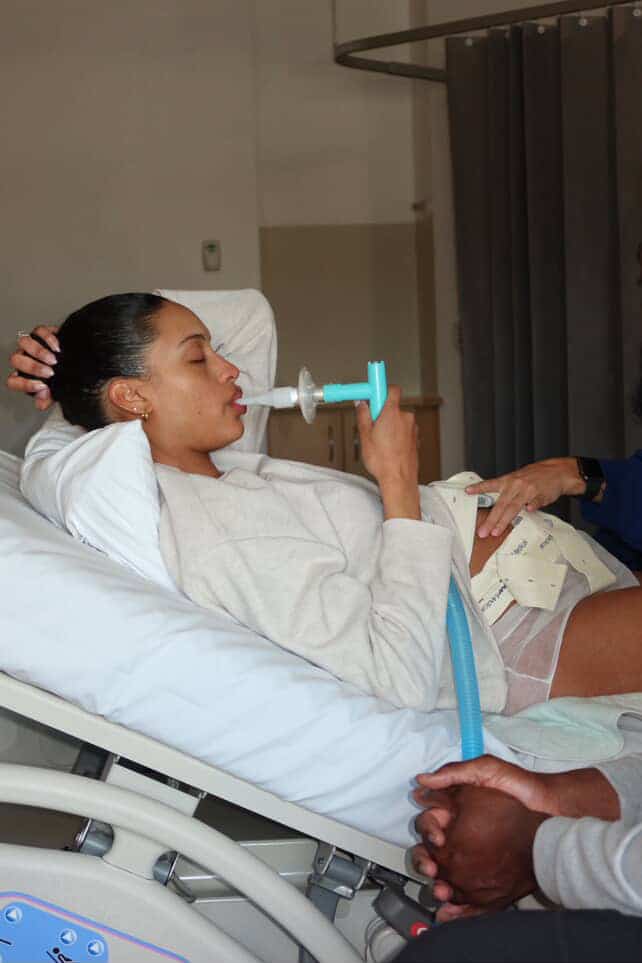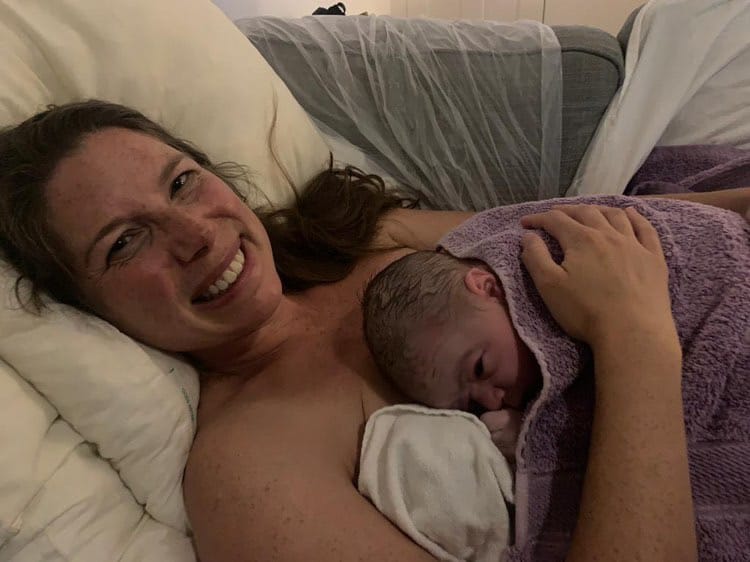Podcasts Alice | Postpartum – hereditary varicose veins, clexane, vein removal
EPISODE 416
Alice | Postpartum – hereditary varicose veins, clexane, vein removal
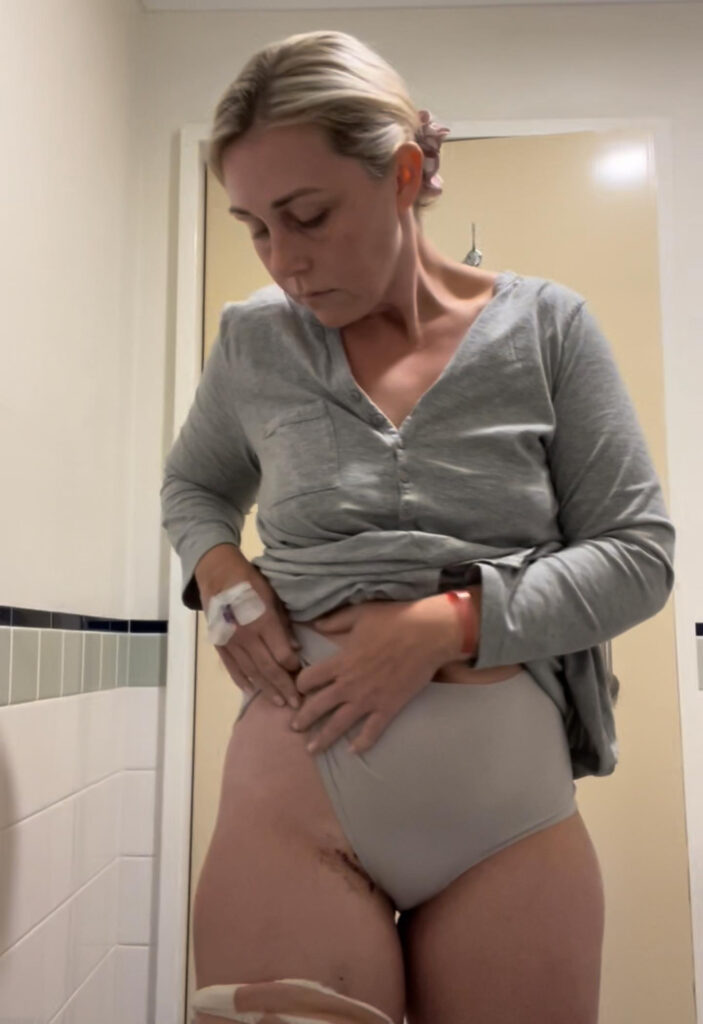
My mum had varicose veins on both legs and had surgery. For me personally it started in my early twenties and I didn’t have my first baby till I was 28. To be honest I didn’t feel the ones in my legs but I got them in my vulva which were very uncomfortable. After that first birth they went down and I spoke to my obstetrician and she recommended waiting till I’d finished having kids.
In my last two pregnancies they really started to worsen and in my fourth postpartum they started to get really painful. The heavy feeling and pain in my vulva was.
I got a really bad pain in my leg postpartum and they did a scan and they picked up that the blockage was in the pelvis so I only had pain in the vulva and one leg. I was planning to go to a varicose vein clinic and they have some great non-invasive procedures so I was planning on doing that after my fourth but then I fell pregnant unplanned and it was in the fifth pregnancy that the pain really intensified.
They were bulging and they wrapped around my thigh and down to my knee and then I got raised bruised and anytime I knocked them, the bruise would come up about the size of my hand.
My obstetrician gave me a surgical referral and that was when I had scans and I went on clexane at 17 weeks and it helped within a week.
Everytime i walked I’d get that heaviness in the vulva and my leg down next to my knee. In the last month of pregnancy they looked horrendous; they were so bumpy. I stopped the clexane a week after birth but as soon as I stopped it I got the bruises back and that’s when they fast-tracked my surgical appointment. I ended up staying on clexane till six weeks postpartum and by that stage I was walking around a lot more.
I had a CT with contrast and the most time consuming part of that was getting the cannula in.
I went to the varicose vein clinic but because of the caesarean, the clexane, the clotting and postpartum, but the doctor wanted to strip the veins.
I’m six weeks post-surgery now. In the public system there’s a diagnostic test for varicose veins and they categorise you on the urgency. I pad for the scan privately as the waiting list is so long, you stand there in a gown and there’s a doppler monitoring the blood flow in and out. He said all the superficial clotting was occurring because of little blockages but there were also a lot of veins not doing anything.
I stayed overnight after the surgery. I went in and they marked up my leg and I think I ended up with 56 stitches down one leg; it looked like my cesarean scar on the inside of my leg.
Post surgery it was absolutely crucial for me to walk 5km a day to ensure I didn’t get a DVT and I had to wear stockings for 24 hours a day. The surgeon said day 7 is when my body would start to find new paths for the blood and that was when the pain increased for me.
You can listen to Alice’s birth stories here in episode 18 and episode 110.
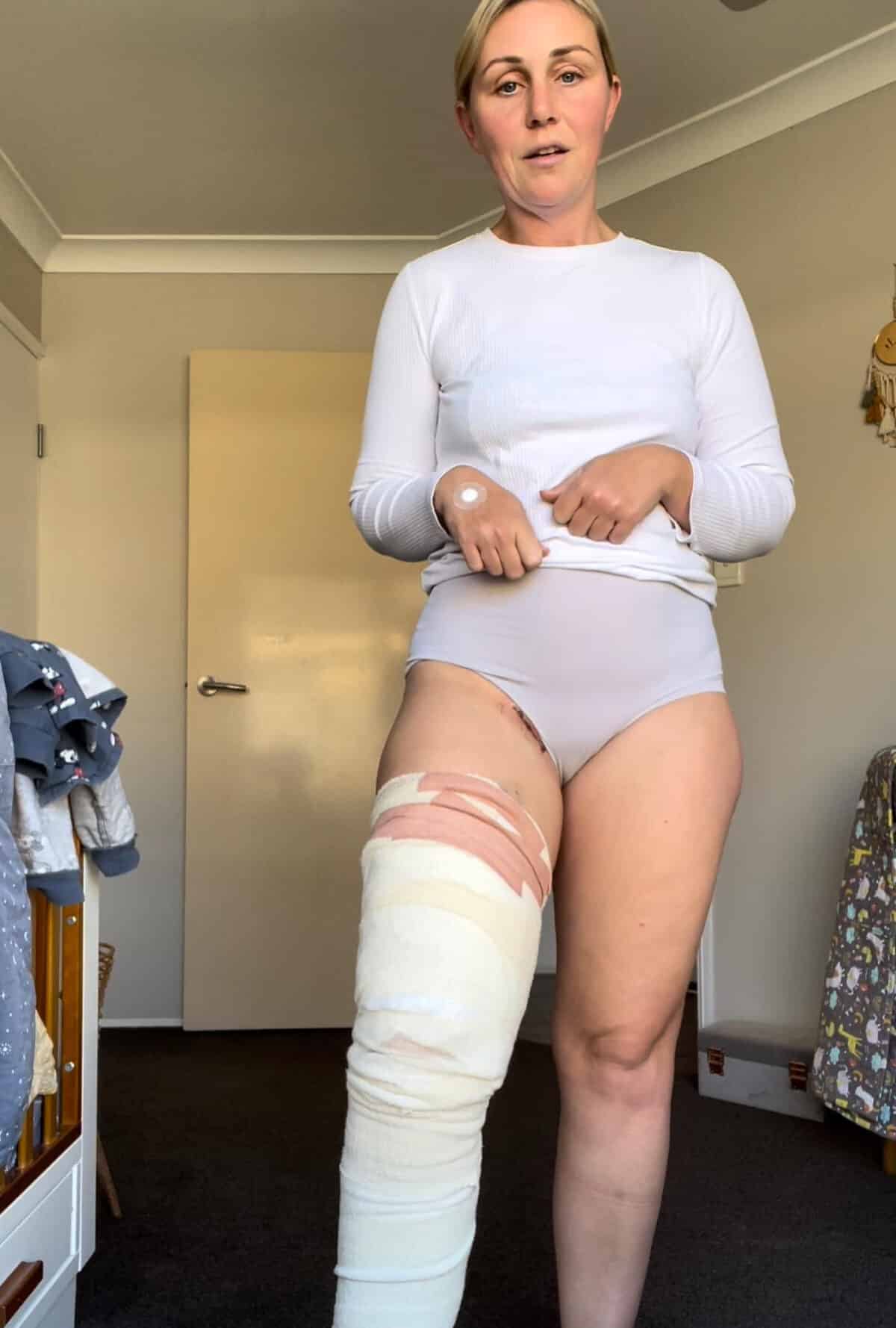
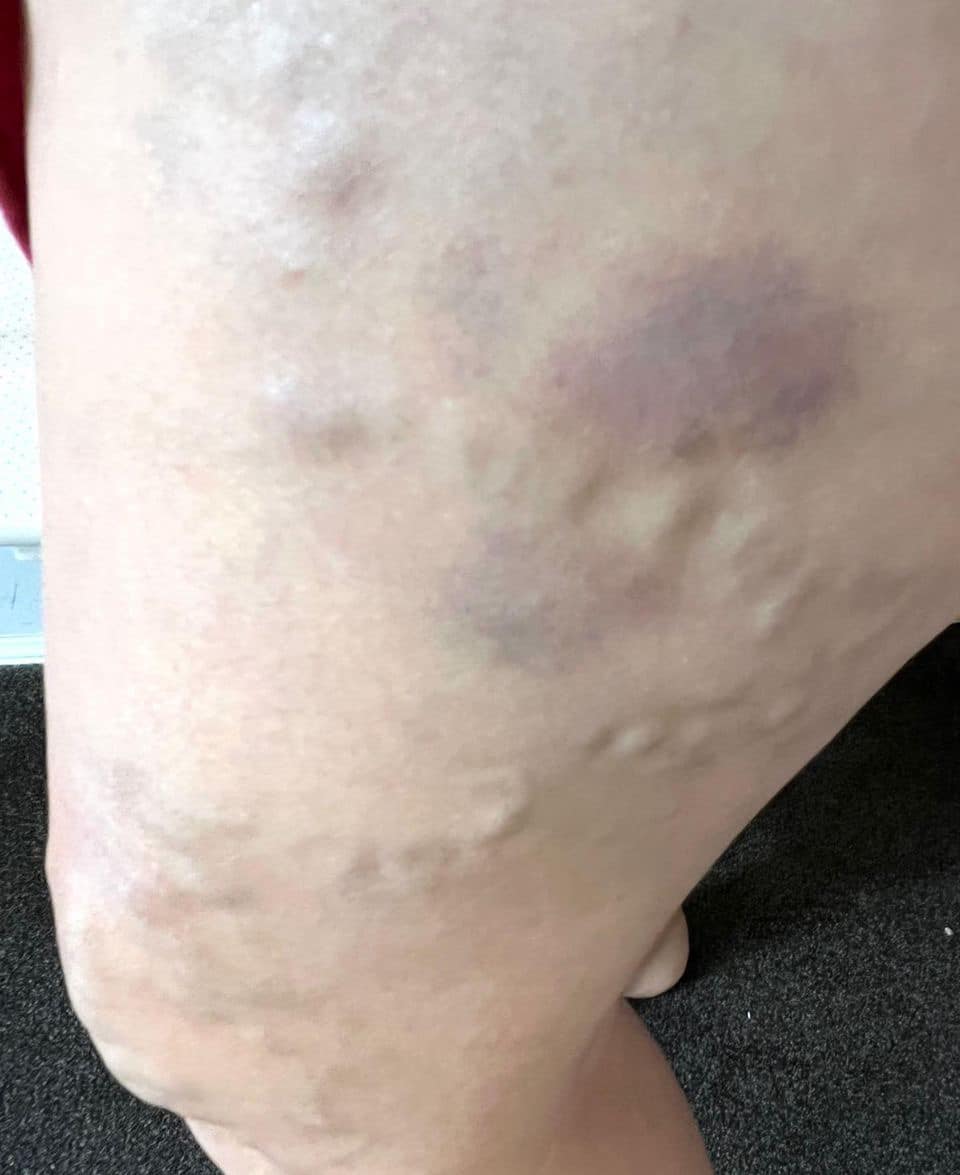

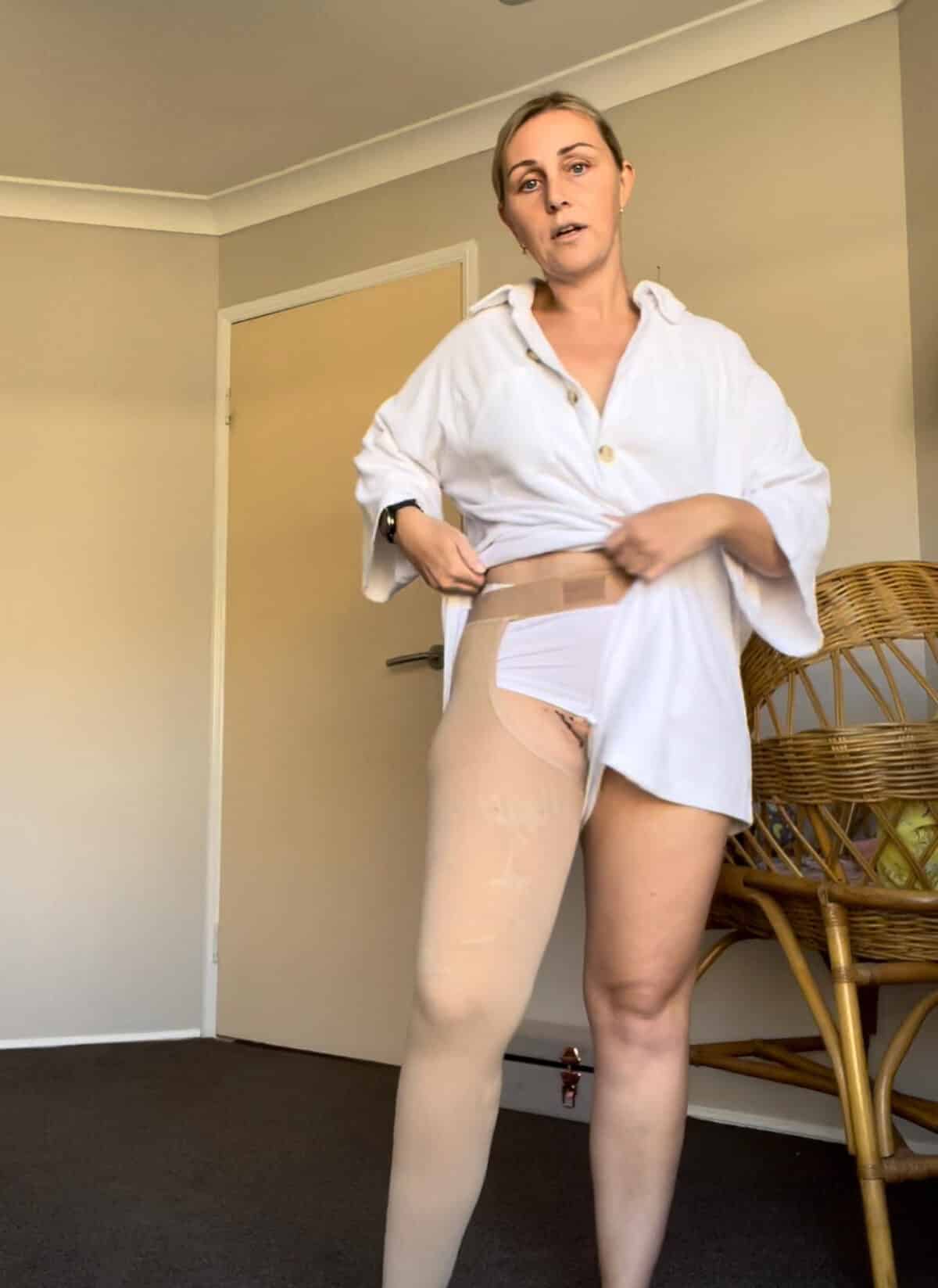

Topics Discussed
Clexane, hereditary varicose veins, vein removal
Categories
Related Products
-
Discovering Motherhood
12 reviews$119.00The 8-part audio program supporting your empowered and confident transition into motherhood.
Join the conversation
Sign up to get the latest updates, freebies, podcast releases straight into your inbox
@AustralianBirthStories
Follow along with us
@AustralianBirthStories
Follow along with us
@AustralianBirthStories
Follow along with us
@AustralianBirthStories
Follow along with us
@AustralianBirthStories
Follow along with us
@AustralianBirthStories
Follow along with us
@AustralianBirthStories
Follow along with us
@AustralianBirthStories
Follow along with us
@AustralianBirthStories
Follow along with us
@AustralianBirthStories
Follow along with us
@AustralianBirthStories
Follow along with us
@AustralianBirthStories
Follow along with us
